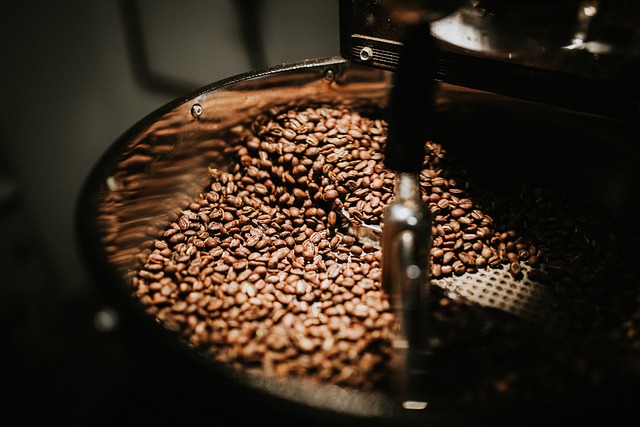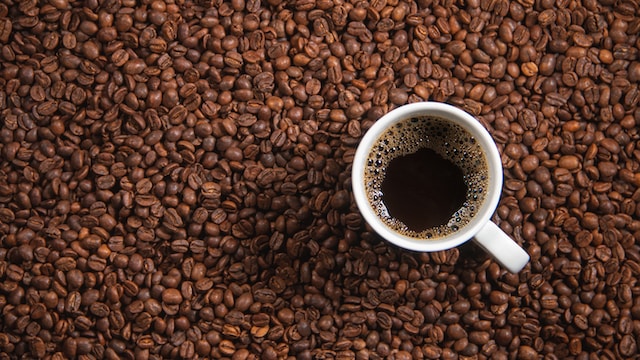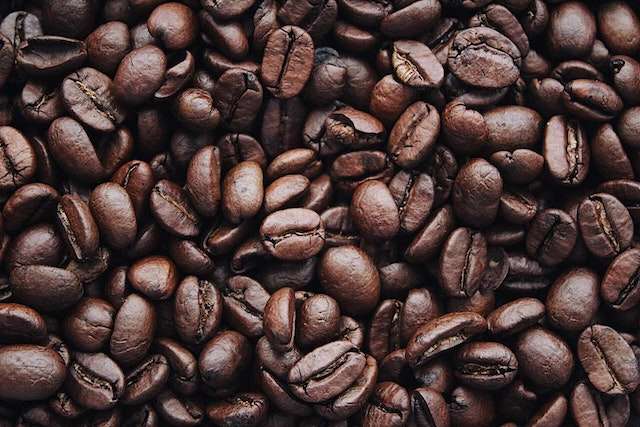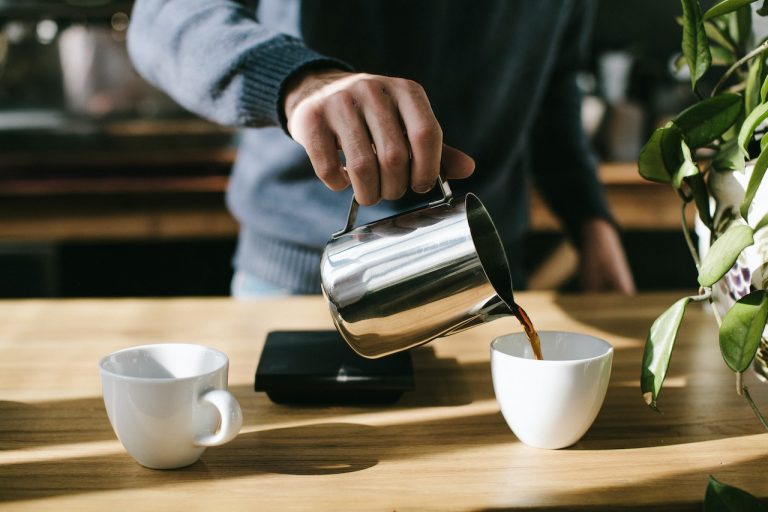How Coffee is Made: From Seed to Cup
Coffee is a beloved beverage, enjoyed by millions of people around the world. Its global popularity can be attributed to its rich flavor, invigorating aroma, and potential health benefits. With so many different ways to consume coffee, it’s essential to understand the intricate process of coffee production. This article will explore the journey of coffee from seed to cup, covering the stages of cultivation, processing, roasting, grinding, and brewing.
Coffee cultivation
Coffee plant species and varieties
There are two main species of coffee plants, Coffea arabica and Coffea canephora (also known as Robusta). Each species has numerous varieties, which can have a significant impact on the flavor profile of the coffee.
Growing conditions and regions
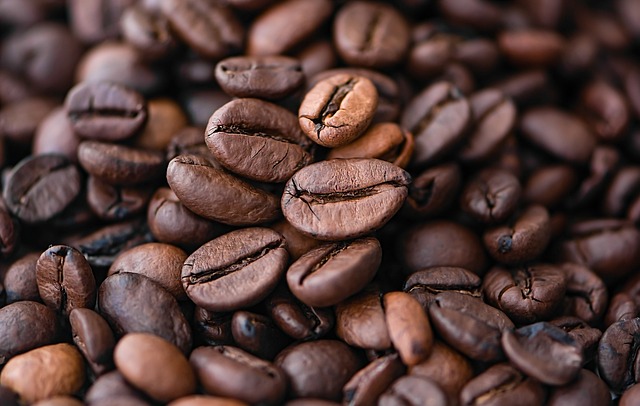
Coffee plants thrive in tropical and subtropical regions, often referred to as the “coffee belt.” These areas provide the optimal conditions for coffee cultivation, such as temperature, altitude, and rainfall.
Harvesting coffee cherries
Coffee cherries are typically hand-picked when they reach peak ripeness. The cherries contain the coffee beans (seeds) which will eventually be processed and roasted.
Coffee processing
Wet processing method
In the wet process, the cherries are submerged in water to remove the outer fruit layer (pulp). The beans are then fermented to remove the remaining mucilage, washed, and dried.
Dry processing method
Dry processing, or “natural” processing, involves drying the coffee cherries in the sun for several weeks. Once dry, the outer fruit layers are removed, revealing the coffee beans.
Honey processing method
Honey processing is a hybrid method where the outer skin of the cherry is removed, but some mucilage remains on the bean. The beans are then dried, imparting unique flavors from the remaining fruit layer.
Selection of processing method and its impact on flavor
The choice of processing method can dramatically influence the coffee’s flavor profile. Wet-processed coffees tend to have a cleaner, brighter taste, while dry-processed coffees often exhibit fruity, wine-like flavors. Honey-processed coffees can have a range of flavors depending on the amount of mucilage left on the beans.
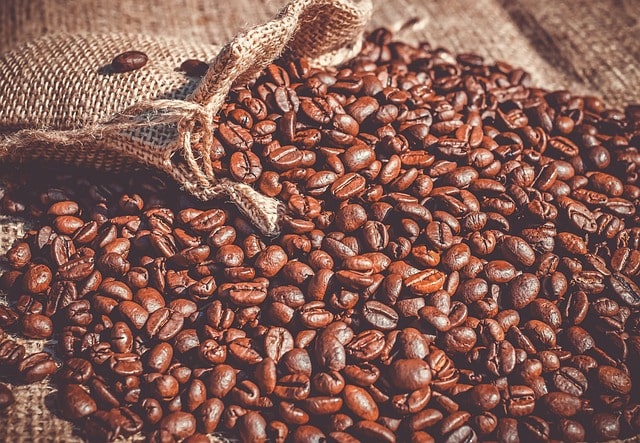
Coffee roasting
The role of roasting in developing coffee flavors
Roasting plays a crucial role in developing the complex flavors and aromas in coffee. The roasting process causes chemical reactions within the beans, transforming the green coffee beans into their recognizable brown color and releasing their characteristic flavors.
Different roast levels and their characteristics
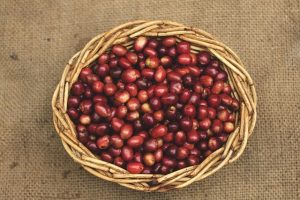
Roast levels can range from light to dark, with each level producing distinct flavors. Light roasts tend to have a more acidic, floral, and fruity profile, while dark roasts typically exhibit bolder, more robust flavors with a pronounced bitterness. This article provides more information on roast levels and their effects on caffeine content.
The roasting process and equipment
Roasting involves heating the coffee beans at high temperatures for a specific amount of time. The process is carefully controlled to achieve the desired roast level. Various types of roasting equipment exist, ranging from small home roasters to large-scale commercial machines.
Coffee grinding and brewing
Importance of coffee grind size
Grind size is a crucial factor in determining the extraction rate of coffee flavors during the brewing process. A finer grind will result in a quicker extraction, while a coarser grind will require a longer extraction time. The ideal grind size depends on the brewing method being used.
Various grinding methods and equipment
There are several types of coffee grinders available, such as blade grinders, burr grinders, and manual grinders. Blade grinders use spinning blades to chop the coffee beans, while burr grinders utilize two abrasive surfaces to crush the beans. Manual grinders require manual effort to grind the beans but often produce a more consistent grind size.
Popular coffee brewing methods and their impact on flavor
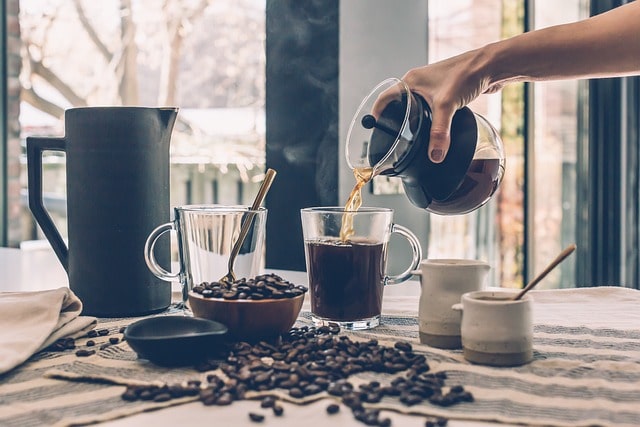
There are numerous coffee brewing methods, including drip brewing, espresso, French press, pour-over, and cold brew, each with its unique impact on coffee flavor. Drip brewing and pour-over methods tend to produce a clean, well-balanced cup of coffee, while French press and espresso methods often yield a richer, bolder flavor. Cold brew methods create a smooth, low-acidity coffee due to the extended extraction time and cold water used.
Conclusion
Summary of the coffee production process
The journey of coffee from seed to cup involves a series of intricate steps, including cultivation, processing, roasting, grinding, and brewing. Each stage plays a crucial role in developing the coffee’s distinct flavors and aromas, making it a truly unique beverage.
The complexity and artistry involved in making coffee
The artistry and expertise involved in the coffee production process contribute to the vast array of flavors, textures, and aromas available to coffee enthusiasts. It is this complexity that makes coffee such a beloved and fascinating beverage.
Encouragement to explore
Understanding the process of coffee production can deepen one’s appreciation for the beverage and inspire exploration of the diverse world of coffee. By trying various coffee species, processing methods, roast levels, and brewing techniques, coffee lovers can discover new flavors and experiences.
Ethical and sustainable coffee consumption
As coffee consumers, we can support ethical and sustainable coffee production by choosing to purchase coffee from responsible sources that prioritize fair labor practices and environmental conservation. By making informed decisions, we can help ensure the continued availability of high-quality coffee while also promoting the well-being of the farmers, communities, and ecosystems involved in its production.

